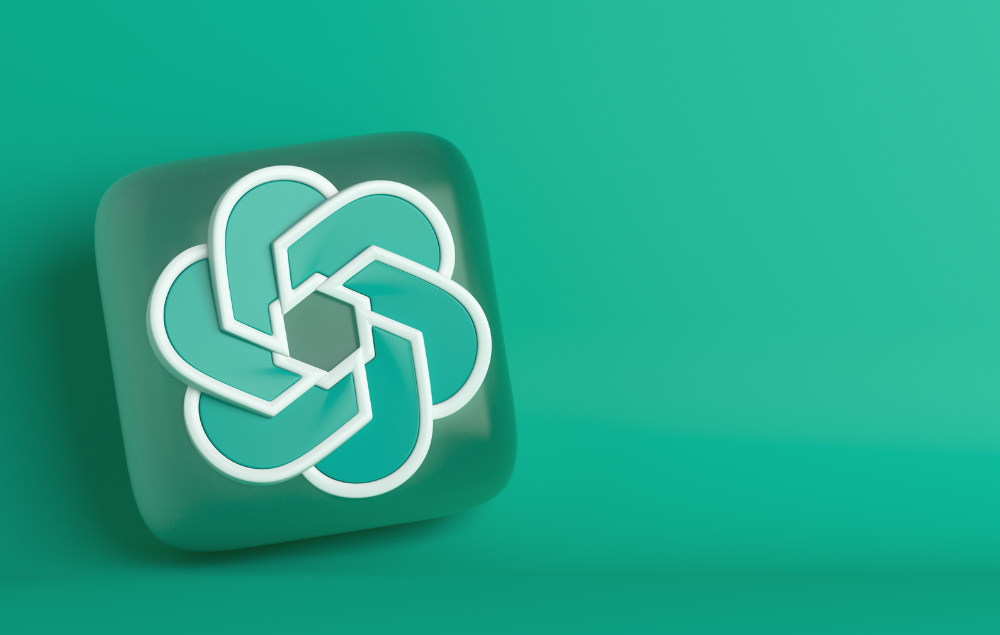This module has been developed by Oliver Trajceski originally, I have only added gpt 4 turbo modules and system message options. I need to use this version in a project and, shamefully, I could not manage to install this from my branch I published it here. I will remove this as soon as I can install it from my branch.
This user-friendly module boasts of an easy integration process that enables seamless implementation into any Nuxt 3 project. With type-safe integration, you can integrate ChatGPT into your Nuxt 3 project without breaking a sweat. Enjoy easy access to the chat, and chatCompletion methods through the useChatgpt() composable. Additionally, the module guarantees security as requests are routed through a Nitro Server, thus preventing the exposure of your API Key. The module use openai library version 4.0.0 behind the scene.
- 💪 Easy implementation into any Nuxt 3 project.
- 👉 Type-safe integration of Chatgpt into your Nuxt 3 project.
- 🕹️ Provides a
useChatgpt()composable that grants easy access to thechat, andchatCompletionmethods. - 🔥 Ensures security by routing requests through a Nitro Server, preventing the API Key from being exposed.
- 🧱 It is lightweight and performs well.
- Add nuxt-chatgpt dependency to your project
- npm
npm install --save-dev nuxt-chatgpt
- pnpm
pnpm add -D nuxt-chatgpt
- yarn
yarn add --dev nuxt-chatgpt
- Add nuxt-chatgpt to the modules section of nuxt.config.ts
export default defineNuxtConfig({
modules: ["nuxt-chatgpt"],
// entirely optional
chatgpt: {
apiKey: "Your apiKey here goes here",
},
});That's it! You can now use Nuxt Chatgpt in your Nuxt app 🔥
To access the chat, and chatCompletion methods in the nuxt-chatgpt module, you can use the useChatgpt() composable, which provides easy access to them. The chat, and chatCompletion methods requires three parameters:
| Name | Type | Default | Description |
|---|---|---|---|
| message | String |
A string representing the text message that you want to send to the GPT model for processing. | |
| model | String |
text-davinci-003 for chat() and gpt-3.5-turbo for chatCompletion()
|
Represent certain model for different types of natural language processing tasks. |
| options | Object |
{ temperature: 0.5, max_tokens: 2048, top_p: 1 frequency_penalty: 0, presence_penalty: 0 } |
An optional object that specifies any additional options you want to pass to the API request, such as the number of responses to generate, and the maximum length of each response. |
Available models for chat
- text-davinci-003
- text-davinci-002
Available models for chatCompletion
- gpt-3.5-turbo
- gpt-3.5-turbo-0301
You need to join waitlist to use gpt-4 models within chatCompletion method
- gpt-4
- gpt-4-0314
- gpt-4-32k
- gpt-4-32k-0314
In the following example, the model is unspecified, and the text-davinci-003 model will be used by default.
const { chat } = useChatgpt();
const data = ref("");
const message = ref("");
async function sendMessage() {
const response = await chat(message.value);
data.value = response;
}<template>
<div>
<input v-model="message" />
<button @click="sendMessage" v-text="'Send'" />
<div>{{ data }}</div>
</div>
</template>const { chat } = useChatgpt();
const data = ref("");
const message = ref("");
async function sendMessage() {
const response = await chat(message.value, "text-davinci-002");
data.value = response;
}<template>
<div>
<input v-model="message" />
<button @click="sendMessage" v-text="'Send'" />
<div>{{ data }}</div>
</div>
</template>In the following example, the model is unspecified, and the gpt-3.5-turbo model will be used by default.
const { chatCompletion } = useChatgpt();
const data = ref("");
const message = ref("");
async function sendMessage() {
const response = await chatCompletion(message.value);
data.value = response;
}<template>
<div>
<input v-model="message" />
<button @click="sendMessage" v-text="'Send'" />
<div>{{ data }}</div>
</div>
</template>const { chatCompletion } = useChatgpt();
const data = ref("");
const message = ref("");
async function sendMessage() {
const response = await chatCompletion(message.value, "gpt-3.5-turbo-0301");
data.value = response;
}<template>
<div>
<input v-model="message" />
<button @click="sendMessage" v-text="'Send'" />
<div>{{ data }}</div>
</div>
</template>The chat method allows the user to send a prompt to the OpenAI API and receive a response. You can use this endpoint to build conversational interfaces that can interact with users in a natural way. For example, you could use the chat method to build a chatbot that can answer customer service questions or provide information about a product or service.
The chatCompletion method is similar to the chat method, but it provides additional functionality for generating longer, more complex responses. Specifically, the chatCompletion method allows you to provide a conversation history as input, which the API can use to generate a response that is consistent with the context of the conversation. This makes it possible to build chatbots that can engage in longer, more natural conversations with users.
| Name | Type | Default | Description |
|---|---|---|---|
| apiKey | String |
xxxxxx |
Your apiKey here goes here |
| isEnabled | Boolean |
true |
Enable or disable the module. True by default. |
Contributions are what make the open source community such an amazing place to learn, inspire, and create. Any contributions you make are greatly appreciated.
If you have a suggestion that would make this better, please fork the repo and create a pull request. You can also simply open an issue with the tag "enhancement". Don't forget to give the project a star! Thanks again!
- Fork the Project
- Create your Feature Branch (
git checkout -b feature/AmazingFeature) - Commit your Changes (
git commit -m 'Add some AmazingFeature') - Push to the Branch (
git push origin feature/AmazingFeature) - Open a Pull Request
Distributed under the MIT License. See LICENSE.txt for more information.
Oliver Trajceski - LinkedIn - oliver@akrinum.com
Project Link: https://github.com/schnapsterdog/nuxt-chatgpt
# Install dependencies
npm install
# Generate type stubs
npm run dev:prepare
# Develop with the playground
npm run dev
# Build the playground
npm run dev:build
# Run ESLint
npm run lint
# Run Vitest
npm run test
npm run test:watch
# Release new version
npm run releaseUse this space to list resources you find helpful and would like to give credit to. I've included a few of my favorites to kick things off!




